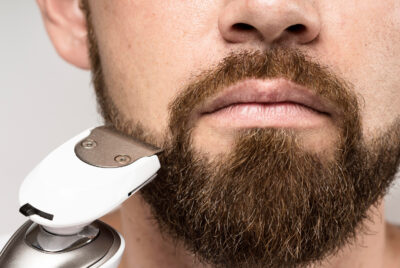Itchiness, Dandruff, and Patchiness
Are you struggling with an uncomfortable, flaky, or uneven beard? You’re not alone. Let’s dive into the most common beard challenges and discover how to overcome them.
Tackling the Dreaded Beard Itch
Why Is My Beard So Itchy?
That maddening itch is often the first challenge new beard growers face. Sometimes it’s so uncomfortable that men give up on their beard dreams altogether. But understanding why it happens can help you push through this phase.

Common causes include:
- Fresh hair growth irritating your skin
- Dry, undernourished skin beneath your beard
- Product build up creating irritation
- Environmental factors like weather changes and pollution
Winning the Battle Against Beard Itch
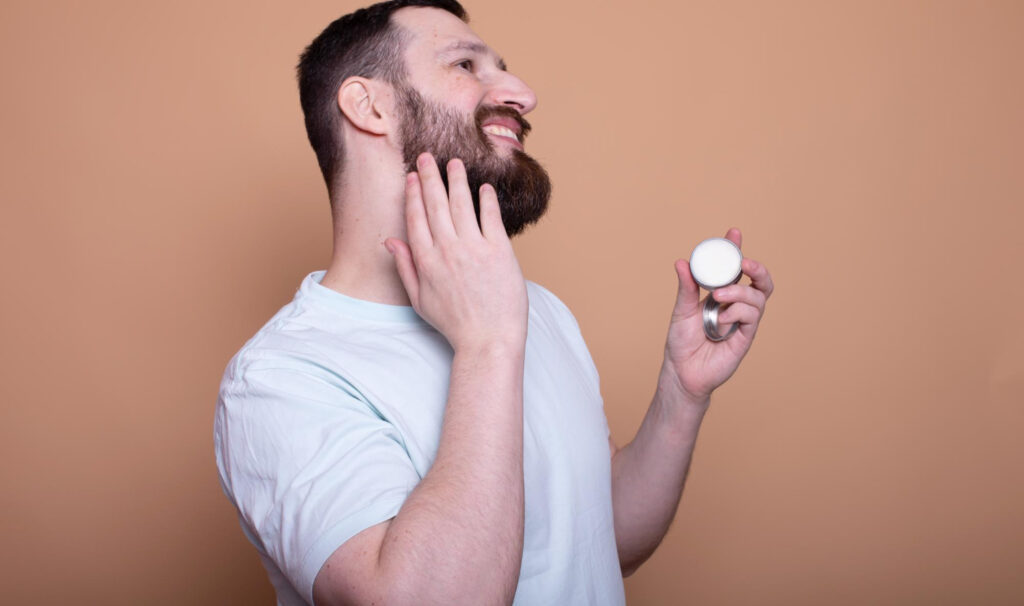
The secret to beating beard itch lies in proper care. Start with a gentle beard wash that preserves your natural oils. Follow up with a quality beard oil containing natural ingredients like jojoba, argan, or sweet almond oil. These oils work wonders because they closely match your skin’s natural moisture.
Pro tip: Apply your beard oil right after showering when your pores are open and receptive. Massage it thoroughly into both your beard and the skin underneath.
Banishing Beard Dandruff (Beardruff)
Beard dandruff, or “beardruff,” can be embarrassing. Those white flakes on your beard and clothes can really impact your confidence. But what causes it?
Several factors contribute to beardruff:
– Skin conditions like seborrheic dermatitis
– Fungal infections
– Dehydrated skin
– Poor beard hygiene
– Reactions to beard products
– Nutritional deficiencies
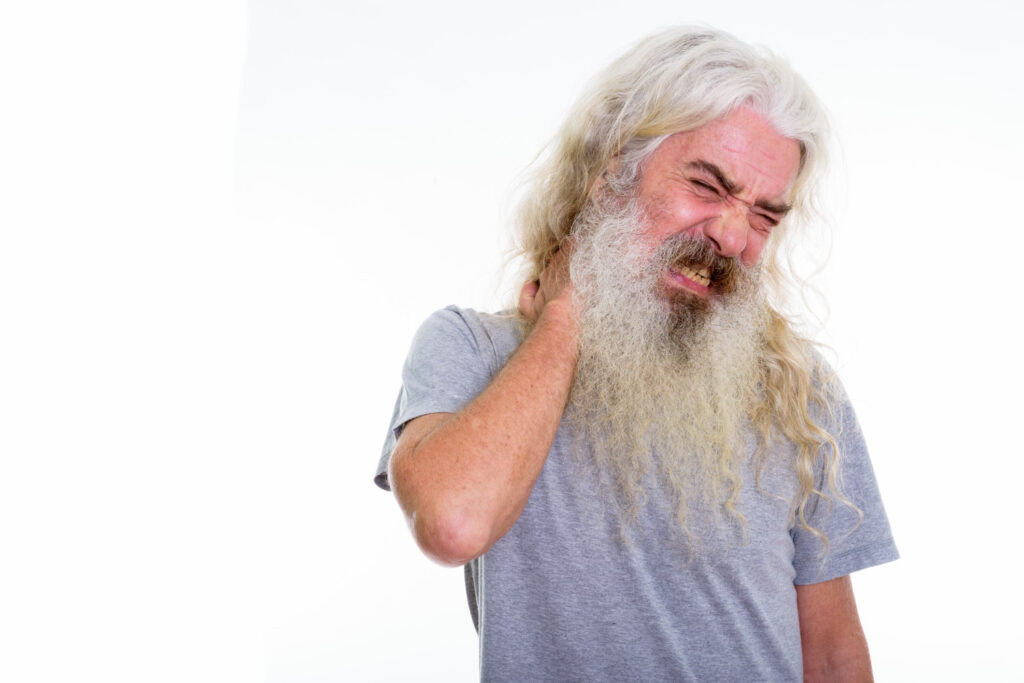
Your Action Plan Against Beardruff…
Fighting beardruff requires a strategic approach. First, invest in a quality beard wash containing antifungal ingredients like tea tree oil or zinc pyrithione. These ingredients target the root cause while being gentle enough for daily use.

Don’t forget about exfoliation – it’s crucial for preventing beardruff. Use a soft beard brush to remove dead skin cells and boost blood circulation. Just remember: gentle is the key word here. Over-exfoliating can make things worse.
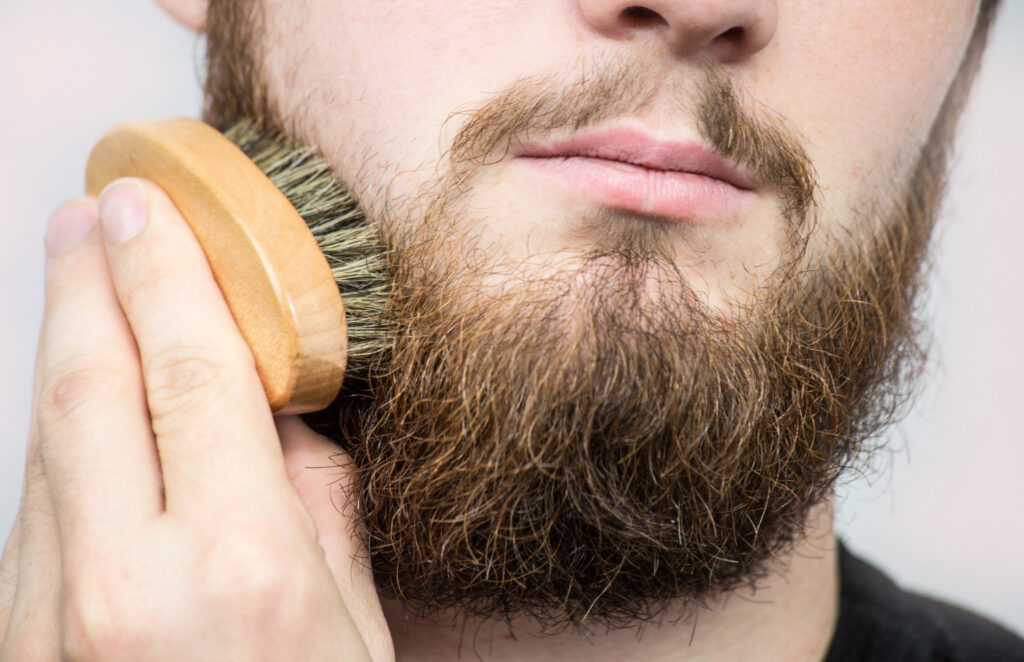
Dealing with Patchy Beard Growth
Patchiness is perhaps the most frustrating beard challenge because it’s largely genetic. However, don’t lose hope – there are ways to improve your beard’s appearance.
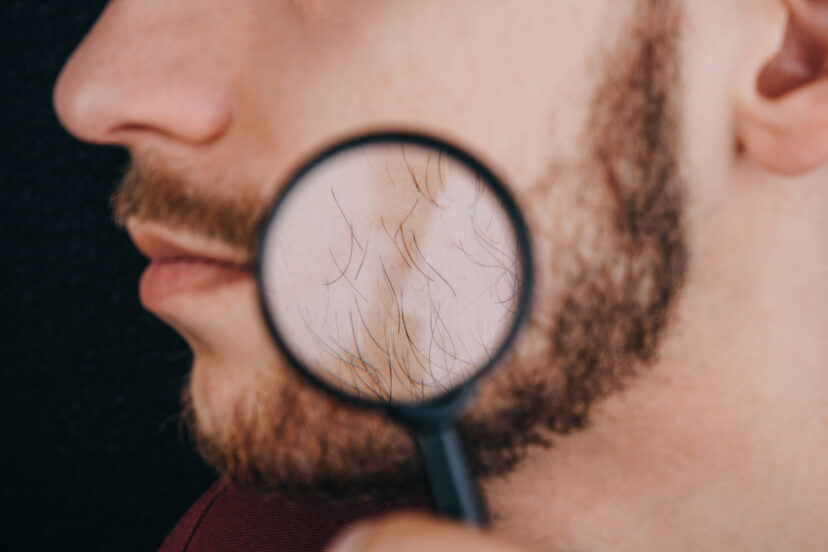
Common patch patterns include:
- Sparse cheek growth
- Gaps along the neckline
- Disconnected mustache
- Thin chin coverage
Making the Most of What You Have
While there’s no overnight fix for patches, you can improve your beard’s appearance with these strategies:
Natural Growth Boosters
- Give your beard adequate growing time (at least 3-4 months)
- Eat foods rich in biotin and vitamins A, C, and E
- Stay active to boost testosterone naturally
- Prioritize quality sleep
- Keep your body hydrated

Smart Styling Solutions
- Work with your natural growth patterns
- Maintain consistent length throughout
- Consider using beard dye to create fullness
- Look into professional micro needling treatments
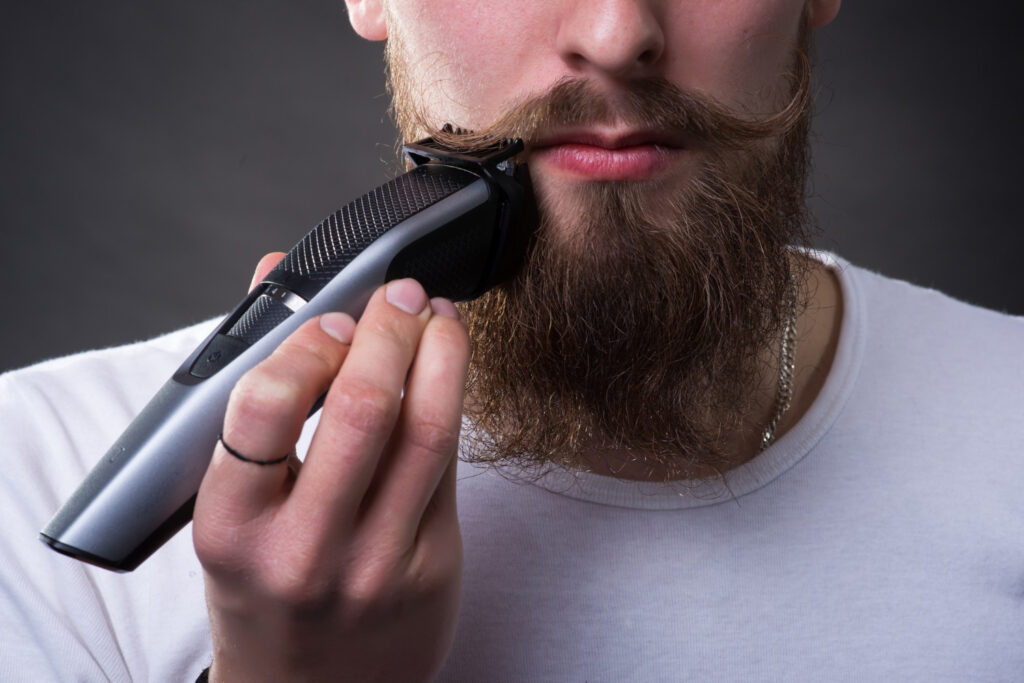
Nourishing Your Beard from Within
A healthy beard starts with proper nutrition.

Focus on these key nutrients:
- Protein for strong hair growth
- Omega-3 fatty acids for skin health
- Biotin for hair strength
- Zinc for tissue repair
- Essential vitamins for overall hair health
When to Seek Professional Help
While most beard issues respond well to proper care, sometimes you need expert guidance.
See a dermatologist if you experience:
– Severe or persistent itching
– Unusual redness or inflammation
– Unexpected hair loss
– Stubborn dandruff
– Adverse reactions to products
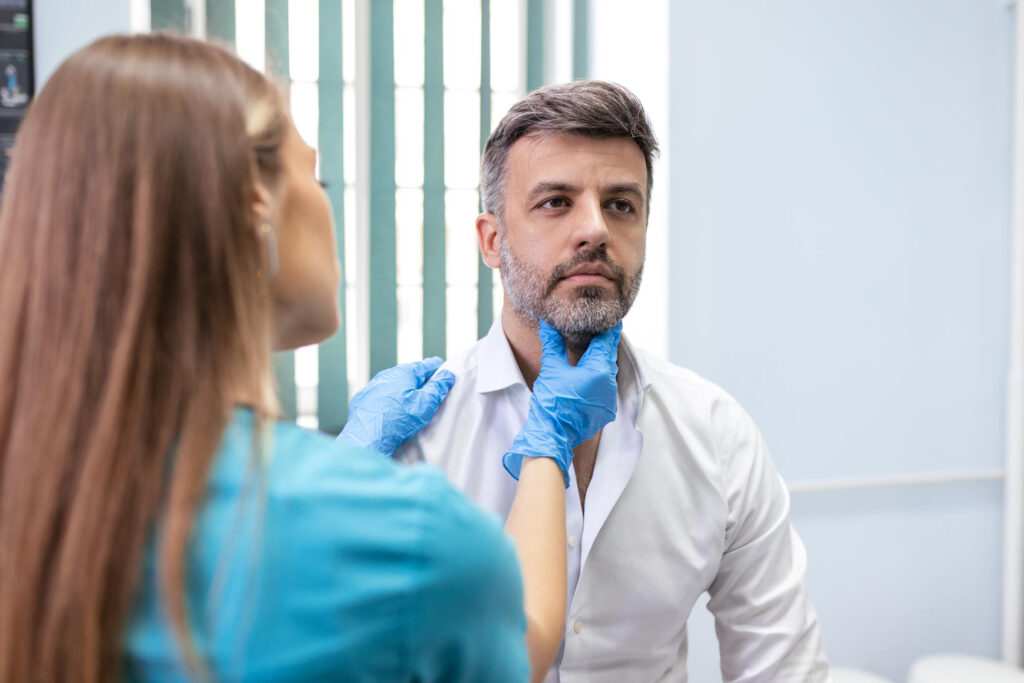
Looking Ahead: Your Beard’s Future
Remember, growing a great beard is a journey, not a race. Itchiness, dandruff, and patchiness are common hurdles that can be overcome with patience and proper care. Stay consistent with your routine, and you’ll likely see improvements over time.
By understanding and addressing these three key challenges – itchiness, dandruff, and patchiness – you can develop and maintain a healthy, comfortable beard you’ll be proud to wear. Keep in mind that every beard is unique, so finding the right combination of products and techniques for your specific needs may take some experimentation.
The key is to stay patient and persistent. With the right care and attention, you can transform your beard from problematic to perfect.



